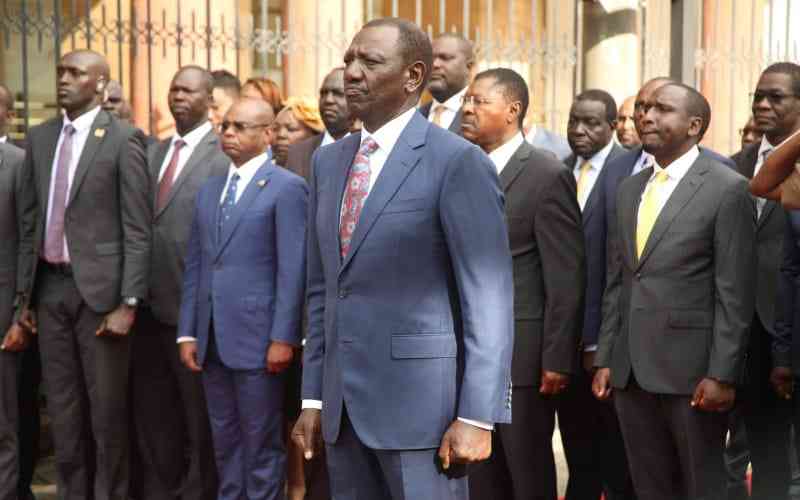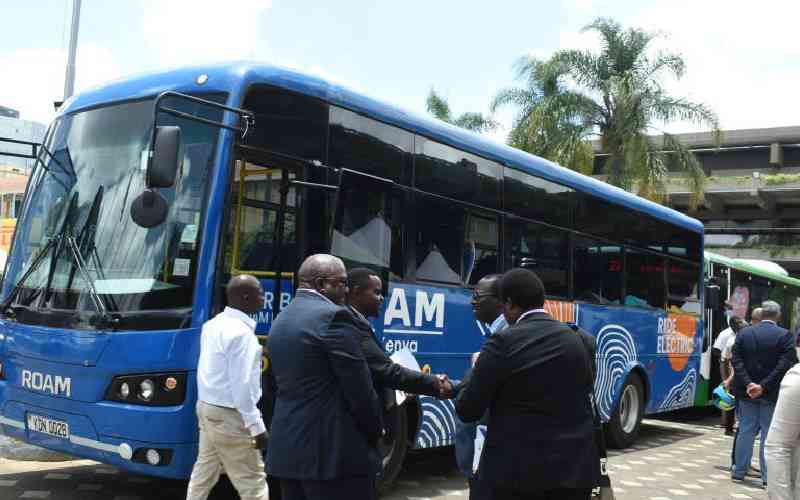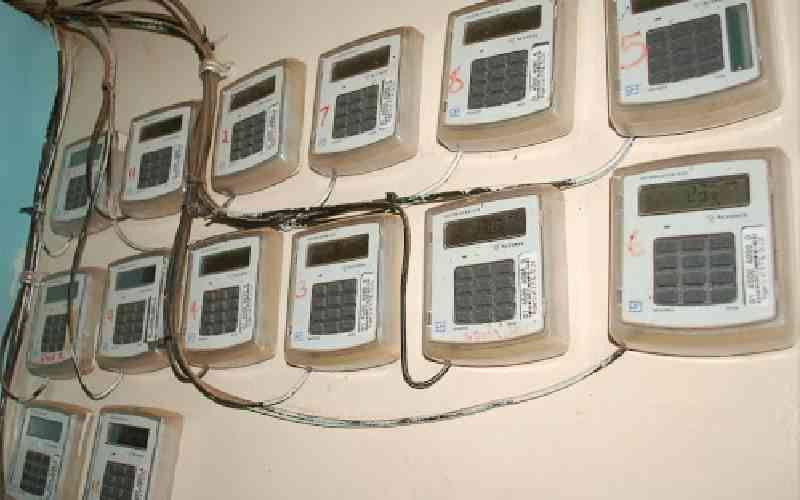Kenyans living in slums were key in growing the number of Kenya Power customers in the last financial year.
The electricity distributor’s recently released annual report shows in the year to June 30, it connected 773,824 new customers from the slums. They accounted for more than 50 per cent of the company’s 1.28 million new customers during the year.
In addition to being a significant contributor to the number of customers, the firm said it expected the mainstreaming of power connections in informal settlements to drive down illegal connections and subsequent financial losses.
The electricity distributor said the number of its customers grew 35 per cent during the 2015-16 financial year to 4.89 million from 3.61 million in the previous financial year.
Kenyans living in informal settlements are being connected to the grid through the World Bank-funded Global Partnership on Output-Based Aid (GPOBA) programme.
“The GPOBA electrification project provides safe, legal and affordable power connections to households in urban, peri-urban and rural areas as part of initiatives to increase electricity access across the country,” said Kenya Power CEO Ben Chumo in the company’s annual report to shareholders for the 2015-16 financial year.
“In the year under review, we implemented 1,277 schemes to connect 773,824 new customers at subsidised rates under the GPOBA programme. The project has enabled the company to reduce commercial losses resulting from illegal electricity connections, while enhancing access and improving safety for slum dwellers.”
Subsidised cost
Other new connections during the year included 7,402 public primary schools covered under the national public schools electrification programme, which Kenya power is implementing together with the Rural Electrification Authority (REA).
In its annual report, Kenya Power also said it is sourcing for financing to carry out the third phase of the Last Mile Connectivity Project that seeks to connect Kenyans in rural areas to the national grid at a subsidised cost.
It is currently in talks with two European lenders for a loan of 180 million euros (Sh19.23 billion) that will finance connecting close to 300,000 households to electricity supply.
“Negotiations are at an advanced with the French Development Agency (AFD) and European Investment Bank (EIB) for a total of €180 million euros to finance the third phase of the project to connect 296,647 households,” said Dr Chumo.
The firm is implementing the Last Mile project together with the Ministry of Energy and Petroleum, and aims to increase the number of households connected to the grid to 70 per cent by next year, up from 35 per cent. It targets rural and peri-urban customers within a radius of 600 metres from existing transformers.
Competitive bidding
Beneficiaries of the project are required to contribute a subsidised rate of Sh15,000 per connection. Households that cannot raise the connection fee at a go will make partial repayments over time as part of their monthly bills.
Stay informed. Subscribe to our newsletter
The project is being implemented in phases, with the first and second phases currently underway.
The first phase was financed by the African Development Bank to the tune of $139 million (Sh13.9 billion) and aims at connecting 314,200 households.
“Contracts were awarded to 10 firms procured through an international competitive bidding process, paving way for construction works countywide. In addition, design work and delivery of construction materials and energy meters were ongoing during the period,” Chumo said.
Kenya Power added that it has also commenced implementation of the second phase, which is being financed by the International Development Association, an arm of the World Bank, to the tune of $150 million (Sh15 billion). The firm expects to connect 312,500 households in this phase.
 The Standard Group Plc is a
multi-media organization with investments in media platforms spanning newspaper
print operations, television, radio broadcasting, digital and online services. The
Standard Group is recognized as a leading multi-media house in Kenya with a key
influence in matters of national and international interest.
The Standard Group Plc is a
multi-media organization with investments in media platforms spanning newspaper
print operations, television, radio broadcasting, digital and online services. The
Standard Group is recognized as a leading multi-media house in Kenya with a key
influence in matters of national and international interest.
 The Standard Group Plc is a
multi-media organization with investments in media platforms spanning newspaper
print operations, television, radio broadcasting, digital and online services. The
Standard Group is recognized as a leading multi-media house in Kenya with a key
influence in matters of national and international interest.
The Standard Group Plc is a
multi-media organization with investments in media platforms spanning newspaper
print operations, television, radio broadcasting, digital and online services. The
Standard Group is recognized as a leading multi-media house in Kenya with a key
influence in matters of national and international interest.










